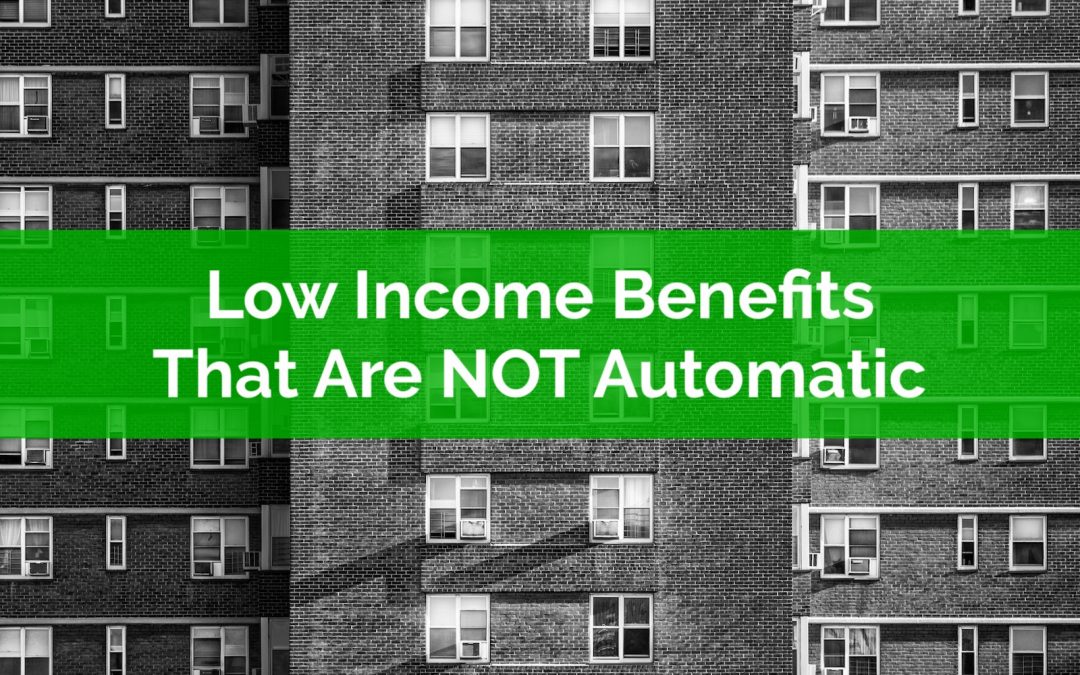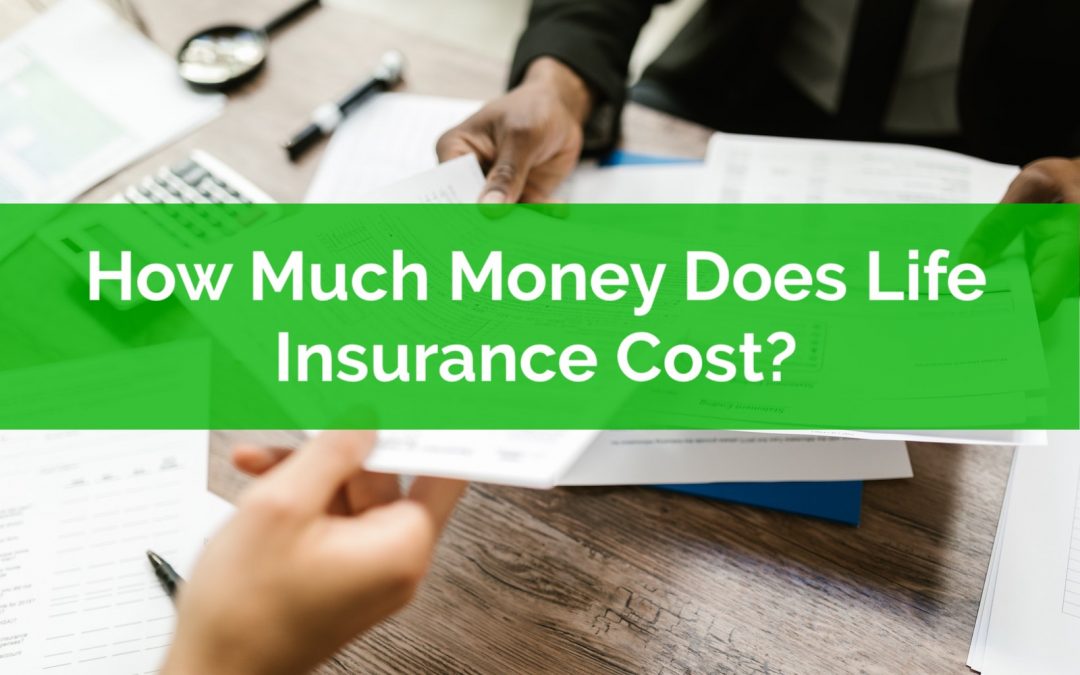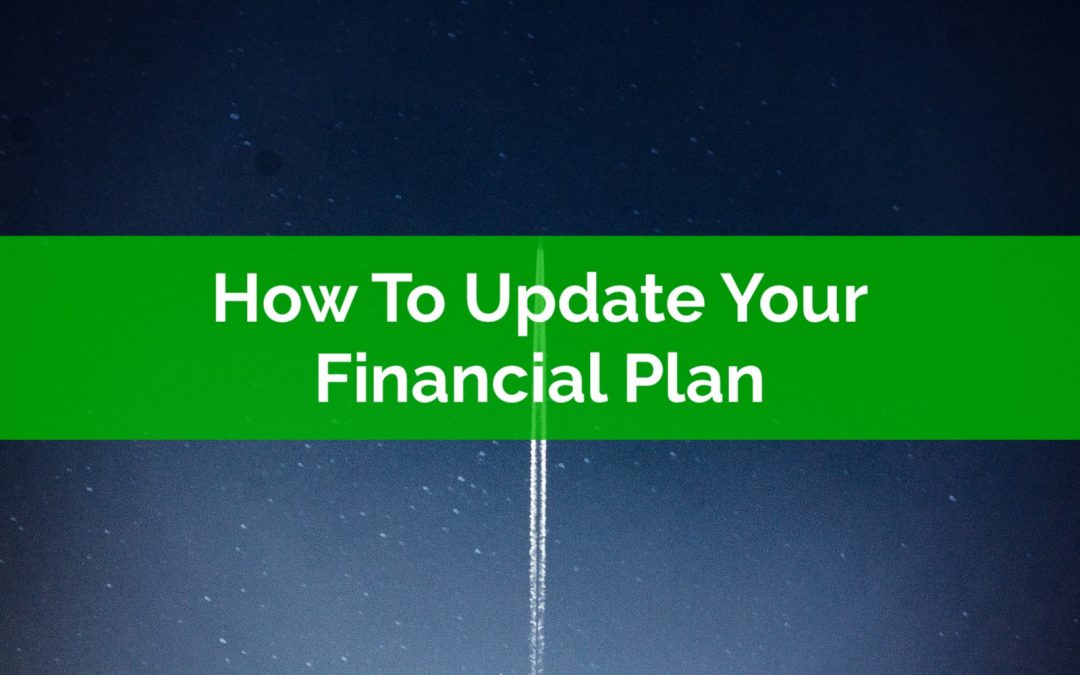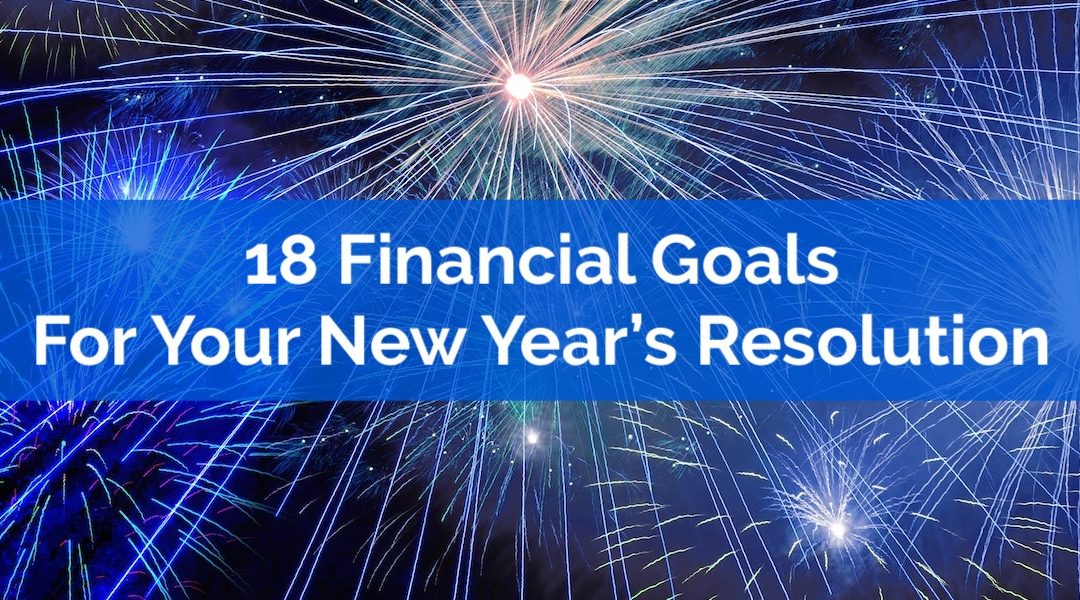
by Owen | Feb 6, 2022 | Financial Goals, Financial Planning, Government Programs
There are a large number of benefits available to low and moderate income households. Some of these benefits are government benefits, they provide direct income support. But some of these benefits are a combination of government & private benefits, and they help offset specific expenses.
Many government benefits are automatic based on annual tax filing. As long as an income tax return is filed on time each year, these benefits are automaticity calculated and paid based on adjusted family net income (aka. AFNI… this is essentially line 23600 of your tax return).
But there are other benefits that are available to low and moderate income households and these benefits must be applied for individually, and are not automatic based on annual tax filing, but they can still provide a significant benefit for low and moderate income households.
Most of these non-automatic benefits are delivered with help of private companies and they help offset specific types of expenses. These benefits are a combination of government/private and must be applied for every 1-2 years.

by Owen | Jan 23, 2022 | Buying A Home, Down Payment, Financial Goals, Financial Planning, Insurance And Risk Management, Saving Money
Life insurance is important, but how much life insurance should you purchase? How much money does life insurance cost? And how can you fit the monthly premiums into your current budget?
These are important questions. Life insurance is an important tool, and it can be relatively inexpensive, but the cost of life insurance can quickly change depending on certain factors.
Life insurance is important when you have people who are dependent on your income. Young families in particular have a high need for life insurance, but at the same time, young families also have a lot of demands on their cash flow.
Purchasing affordable life insurance is an important part of a financial plan and the cost of life insurance needs to fit into monthly spending without causing a lot of stress.
In this post we’ll explore some life insurance costs for a family in their 30’s with a young child. We’ll see how life insurance costs can vary depending on certain factors. We’ll also see how much life insurance costs in a real life situation.

by Owen | Jan 3, 2022 | Financial Goals, Financial Planning, Retirement Planning
Despite being extremely sophisticated, a rocket ship only gets to its destination by making small adjustments along the way. These adjustments help account for small changes in weather, weight, fuel efficiency etc.
Personal finances are very similar, it’s not nearly as complicated as rocket science of course, but to reach our target we need to make small adjustments to our personal finances along the way. These adjustments help account for changes in income, increases in spending, changes in our situation and goals etc.
A financial plan isn’t meant to be static. A financial plan is meant to be dynamic and ever evolving.
For that reason, a financial plan should be updated at least once per year.
And one of the best times to update a financial plan is in the new year. With changes in tax rates and gov. benefits, upcoming RRSP contribution deadlines, and tax season approaching, it’s a natural time of the year to revisit personal finances.
There are a few key areas in a financial plan that should be updated each year…

by Owen | Dec 26, 2021 | Behavioral Finance, Budgeting, Financial Goals, Financial Planning
Here we go again! It’s time for the New Year! It’s time for New Year’s resolutions and time for new beginnings (and it’s time to recover from all that holiday spending!)
After indulging in the gifts and the treats, a New Year’s resolution is the perfect time to change course, it’s the perfect time to focus on your personal finances, and there are lots of great financial goals to choose from!
Did you know that about half of us make a New Year’s resolution each year? While dieting, exercise, and eating right always seem to top the list, this year you should consider making a New Year’s resolution that is focused on your personal finances.
A New Year’s resolution is the perfect way to make a positive change in your life and it’s a great time to make a change to your personal finances too. The new year is the perfect time to reflect on your personal finance routine, take stock of your situation, and choose a great financial goal to focus on in the new year.
Why wait? Start your New Year’s resolution now. Don’t put all that pressure on New Year’s, start your resolution today!
If you’re looking for some inspiration we’ve got 18 great financial goals for your New Year’s resolution.

by Owen | Dec 13, 2021 | Emergency Fund, Financial Planning, Insurance And Risk Management, Investment Planning
Is it safe to use your HELOC as an emergency fund? A typical emergency fund is between 3 months and 6 months of expenses, but that’s a lot of cash to have lying around!
Cash is the enemy of long-term goals. Holding too much cash makes it more difficult to achieve long-term goals like retirement. The more cash-on-hand there is, the lower the average investment return.
Holding some cash is good. A certain amount of cash-on-hand protects us against unexpected emergencies like a job loss, a disability, a health emergency etc. etc. But holding too much cash is bad.
For homeowners with a certain amount of home equity there is another option. This option allows homeowners to decrease the size of their emergency fund and put more into RRSPs and TFSA sooner. This can provide more investment growth and potentially a reduction in income tax and an increase in government benefits.
Homeowners with a certain amount of home equity could choose a hybrid option, with a smaller amount of cash-on-hand but leaning on a Home Equity Line of Credit (HELOC) for larger emergencies.
But is this hybrid option safe? Is it safe to use your HELOC as an emergency fund? Let’s take a look at why, and why not, to use your HELOC as an emergency fund.

by Owen | Nov 29, 2021 | Financial Planning, Government Programs, Retirement Planning, Tax Planning
Did you know that there is an RRSP age limit? After a certain age you can no longer contribute to your RRSP. This is the same age limit that requires you to convert your RRSP to a RRIF.
The rule is, by the end of the year you turn age 71, you must convert your RRSP to a RRIF and you can no longer make RRSP contributions.
It doesn’t matter if you turn age 71 in January or in December, by the end of that year no more personal RRSP contributions can be made and the RRSP must be converted to a RRIF.
Interestingly, although you can’t contribute to a personal RRSP you can continue to earn RRSP contribution room after age 71. If you earn employment income at age 71 or beyond, then you’ll also earn more RRSP contribution room at the typical rate of 18% of earned income.
Seems odd, doesn’t it? You can earn RRSP contribution room after age 71 but you can’t use it (unless you’re in a specific situation which we’ll talk about below).
Similarly, if you have lots of unused RRSP contribution room, this will also carry forward past age 71 too. You might have RRSP contribution room available to use, but you won’t be able to contribute to a personal RRSP.
If you can’t use this RRSP contribution room then why does the CRA track it at all?
Well, there are a few things that can be done to get around the age limit for RRSP contributions and, in the right situation, this could provide some large tax reductions and/or government benefit increases.
Page 8 of 19«...678910...»






